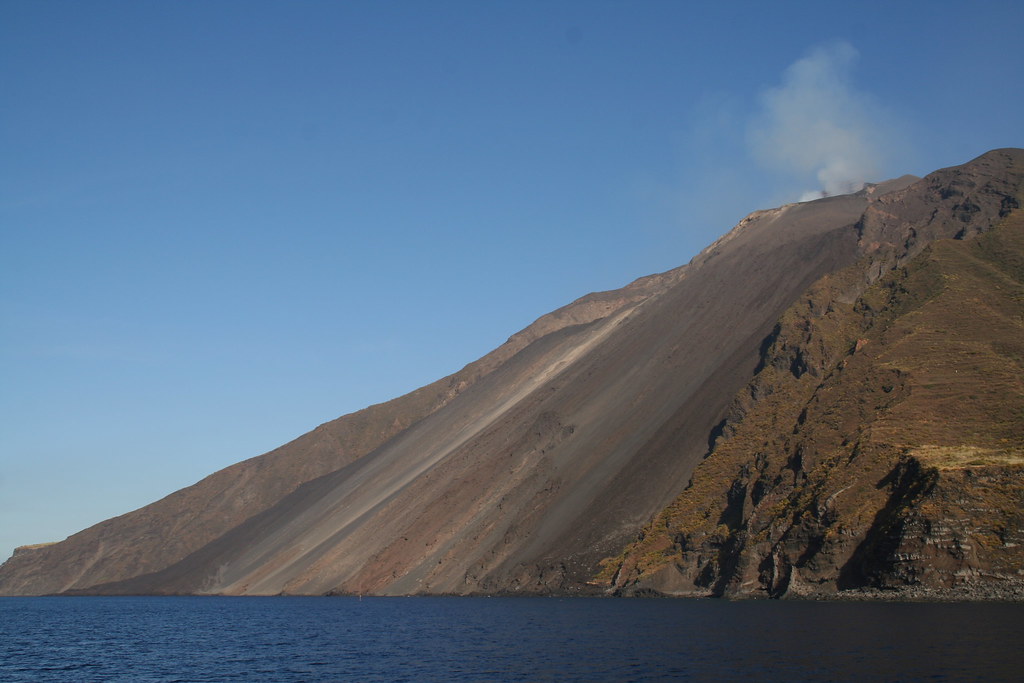
Introduction to Sicily
Sicily, the largest island in the Mediterranean Sea, is treasured for its exceptional array of cultural, historical, and natural attractions. Rich in history influenced by various civilisations such as the Greeks, Romans, and Arabs, it serves as a significant tourist destination. Understanding Sicily’s diverse offerings is vital for those looking to experience the depth of Italian heritage and scenic beauty.
Historical Significance
Sicily’s history is a tapestry woven from the influences of numerous cultures. Major archaeological sites such as the Valley of the Temples in Agrigento highlight the island’s ancient Greek heritage, while the Norman Palace in Palermo showcases the Norman rule in the Middle Ages. The island has been a crucial trading crossroad and played a pivotal role during the historical periods of the Mediterranean.
Natural Beauty and Climate
Beyond its historical landmarks, Sicily is renowned for its breathtaking landscapes, ranging from dramatic coastlines to impressive mountains. Mount Etna, active and majestic, is one of the most famous volcanoes in the world and has become a focal point for both tourists and scientists alike. The island benefits from a Mediterranean climate, offering warm summers and mild winters, perfect for year-round tourism.
Culinary Delights
Another highlight of visiting Sicily is its world-famous cuisine. Influenced by Mediterranean, Arab, and local traditions, Sicilian food is characterised by its fresh ingredients and bold flavours. Signature dishes include arancini (fried rice balls), caponata (eggplant dish), and cannoli, a sweet pastry filled with ricotta cheese. The island also boasts some of the finest wines, with vineyards scattered across its diverse terrains.
Cultural Festivities
The rich cultural tapestry of Sicily is mirrored in its myriad festivals, celebrating everything from religious traditions to local produce. Events such as the Feast of Saint Agatha in Catania and the Infiorata flower festival in Noto attract thousands and showcase the vibrant traditions and community spirit of the island.
Conclusion
As a microcosm of various cultures and natural wonders, Sicily presents a unique blend of history, beauty, and gastronomy that appeals to a wide range of visitors. With tourism on the rise post-pandemic, future prospects for Sicilian travel look promising, supported by a growing interest in cultural and experiential travel. For anyone looking to discover Italy in all its splendour, Sicily undoubtedly stands out as a top destination.
You may also like

Exploring Monmouth: History, Attractions and Community

Exploring Wolverhampton: A Gateway to Culture and History
